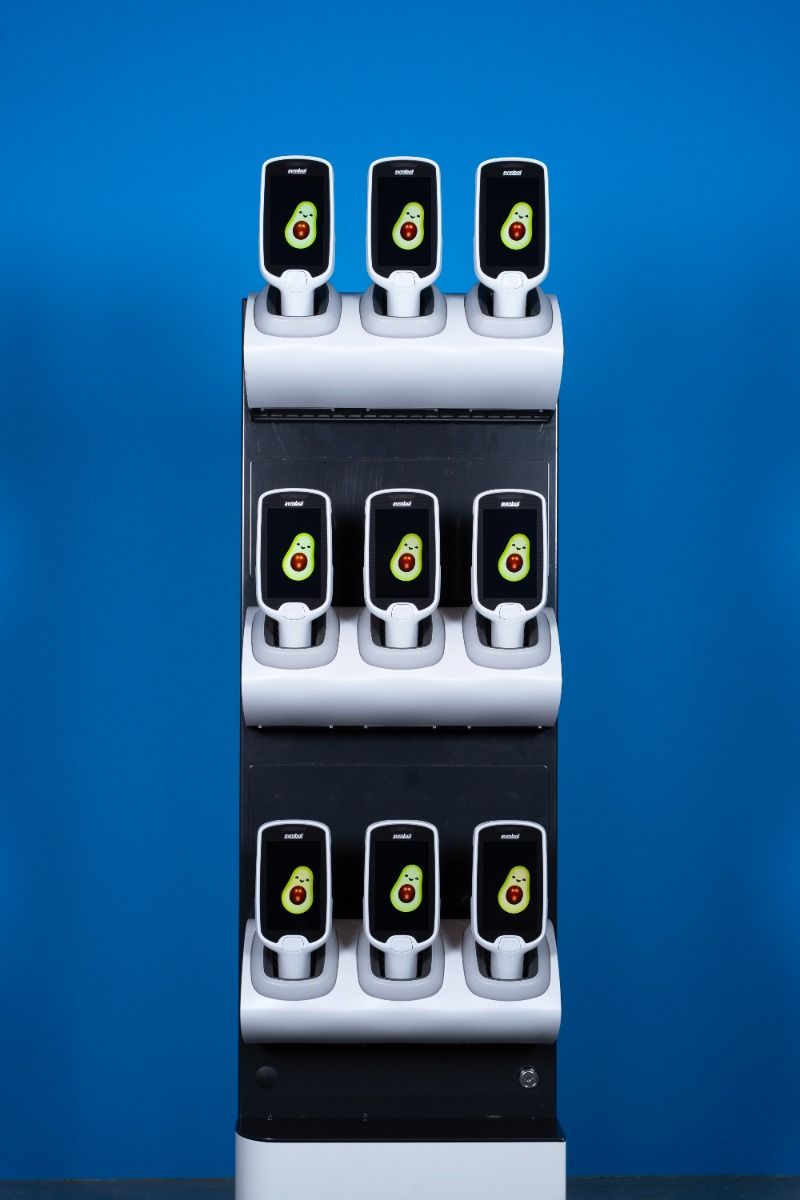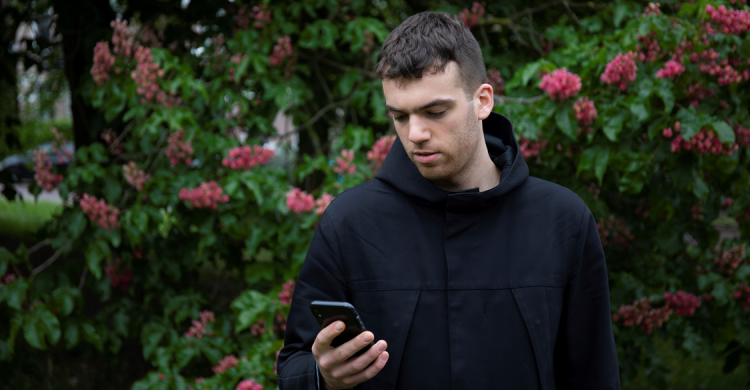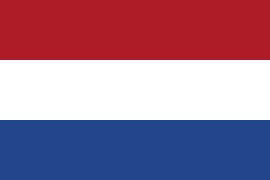

Sjef van Beers
The Cowan Paradox

The Cowan Paradox
is the title of this artwork. This is quite a special study with an unexpected discovery about your brain and household chores. Sjef van Beers plays with it in his artworks.
Less is more?
According to cognitive scientist Nelson Cowan, we can only hold 3 to 5 things at a time in our working memory. Not dozens, not even 7 as was long thought. And yet we often feel ‘fully aware’ of what we see. That is the paradox.
More help, less rest?
We have dishwashers, robot vacuum cleaners and shopping apps. All to save time. But in practice, we seem to be increasingly busy with the household. According to the Cowan paradox, this is because our brain, despite all the technology, can only actively process a few things at a time.
Empty space, quickly filled
When a task is taken off your hands, mental space is created. But it rarely remains empty. We immediately fill it with something new: an extra job, an extra schedule, an extra expectation. Technology gives freedom, but our minds hate stagnation, and that puts pressure on our working memory.
The paradox of efficiency
The more efficient our tools become, the more we try to do. We are guided by the thought: “If it can be done faster, then I should be able to do more.” The result? Overload instead of relief. The Cowan paradox clearly shows this self-reinforcing circle.
You only see it when you realize it
Our brain automatically fills in the gaps. You think you see everything in a work of art, a space or a landscape – but if you really look closely, you see something new every time. This has consequences for how we experience art. What do you actually see, and what do you think you see?
Art as a mirror of your attention
The Cowan paradox makes it clear: looking at art is not passive. It is an active dialogue between your eyes, your brain and your memory. And every time you look, you get something different back. Not because the work changes, but because you change.
Look again. And again.
At the LAM museum, everything revolves around looking, discovering and being amazed. The Cowan paradox shows why this is so fascinating: looking is never finished. So feel free to walk around again – your working memory has room for something new.
Technology as an extension or distraction?
These hand scanners make shopping more efficient, but they also change your attention. Instead of looking at products, offers or packaging, you focus on the screen. What do you miss when you look but don't see? Perhaps more than you would like – and that makes technology extra intriguing in our daily lives.
The artist
Sjef van Beers (1993) is an artist and designer, active at the intersection of technology, internet culture and interactive media. He completed his Bachelor in Interaction Design – now Design Art Technology – at ArtEZ University of the Arts in Arnhem in 2017.
Artists used this to create depth in the painting. But they also did it to show that they were very good at painting different tex



